Lust Stories 2 comes bearing four brand new stories about lust, but only one stands out. And not very surprisingly, the film that has garnered more attention is Konkona Sensharma‘s directorial, The Mirror. This film does not show lust as something which morally corrupts us, but focuses on the need of it.

For our society, the physicality associated in a romantic relationship is mostly something to frown about. But, this film, without wanting to teach us something, shows desire as something raw – which is exactly how it should be treated in cinema. And here’s how:
1. She treats it as a genre.
When we shuffle through films, and choose Lust Stories, there’s a certain genre we would expect. There has to be romance, sure, but the dominant feeling should be lust. That’s the assignment. Two out of the four films steer away from the genre, but Konkona Sensharma does not. She embraces lust as something more than romance, from the beginning to the end, the story talks about the different layers of desire.
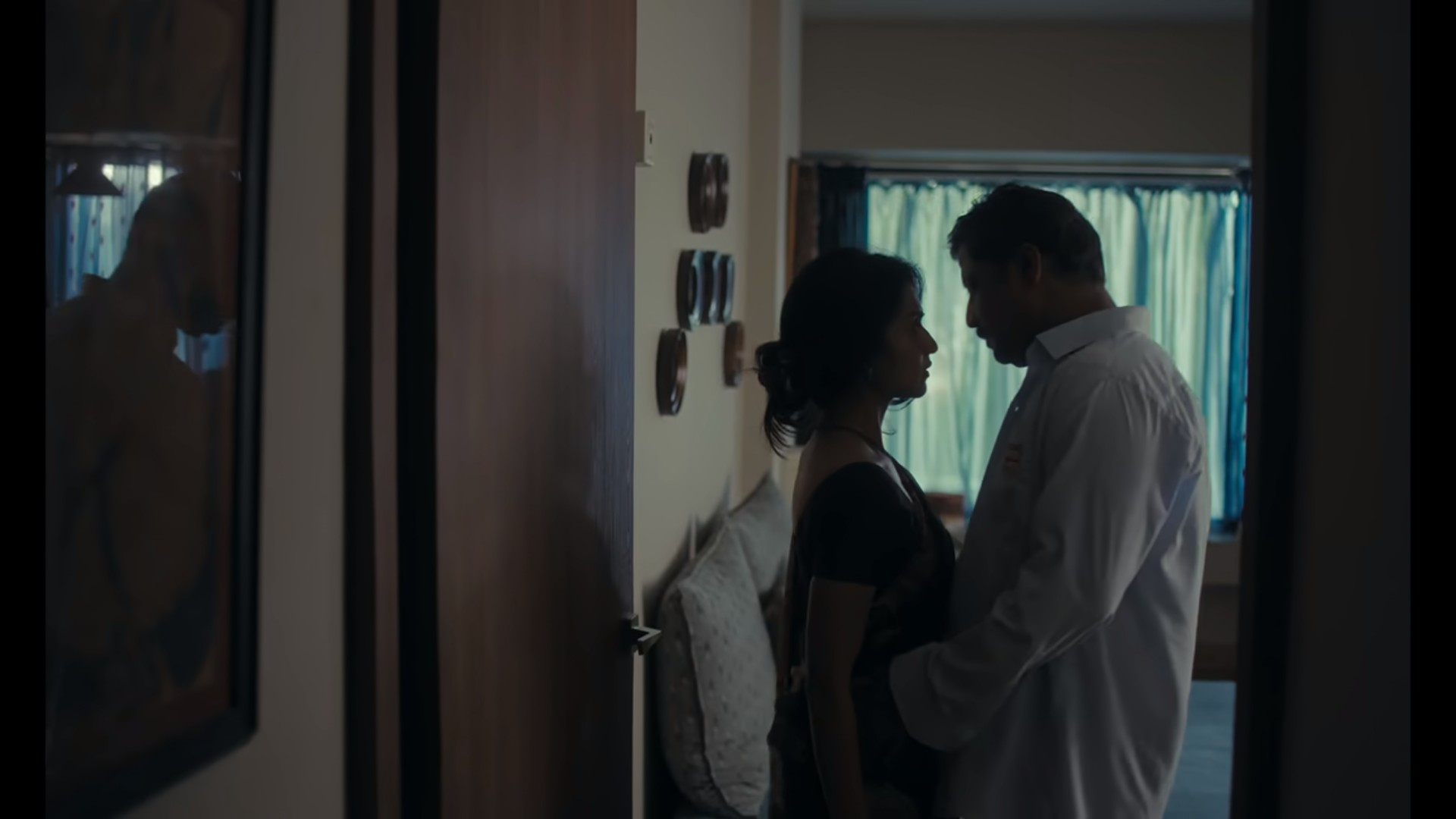
2. She shows that it is human.
For some reason, we treat infatuation and physical attraction as something negative, when it’s quite literally a part of us. Her short film, The Mirror, focuses on lust when it’s about satisfaction. The director not only shows desire as pleasurable but also puts forth what it ultimately looks like when it makes one happy. A literal example is this scene where the couple LOOKS happy, because they have an existent sex life.

3. She focuses on the visual aspect of it.
A theme during the promotions of Lust Stories 2 was to watch the anthology like any other film. It is nothing to shy about and hide – which was correctly done. But, Konkona Sensharma also takes up this theme in her short film. The frames are one example, where we see lust as something that needs to be seized visually. The credit also goes to the cinematographer and the treatment which is bold yet subtle.

4. She doesn’t make it about the male gaze.
Konkona Sensharma’s film is a clear example of women written by women – who are not defined by patriarchal ideas of the male gaze. Both Amruta Subhash and Tillotama Shome represent strong women who have agency. They aren’t sexualized in ways that are supposed to satisfy men, but only in ways that are enjoyable for the characters themselves. A character wanting to orgasm while masturbating is one example.
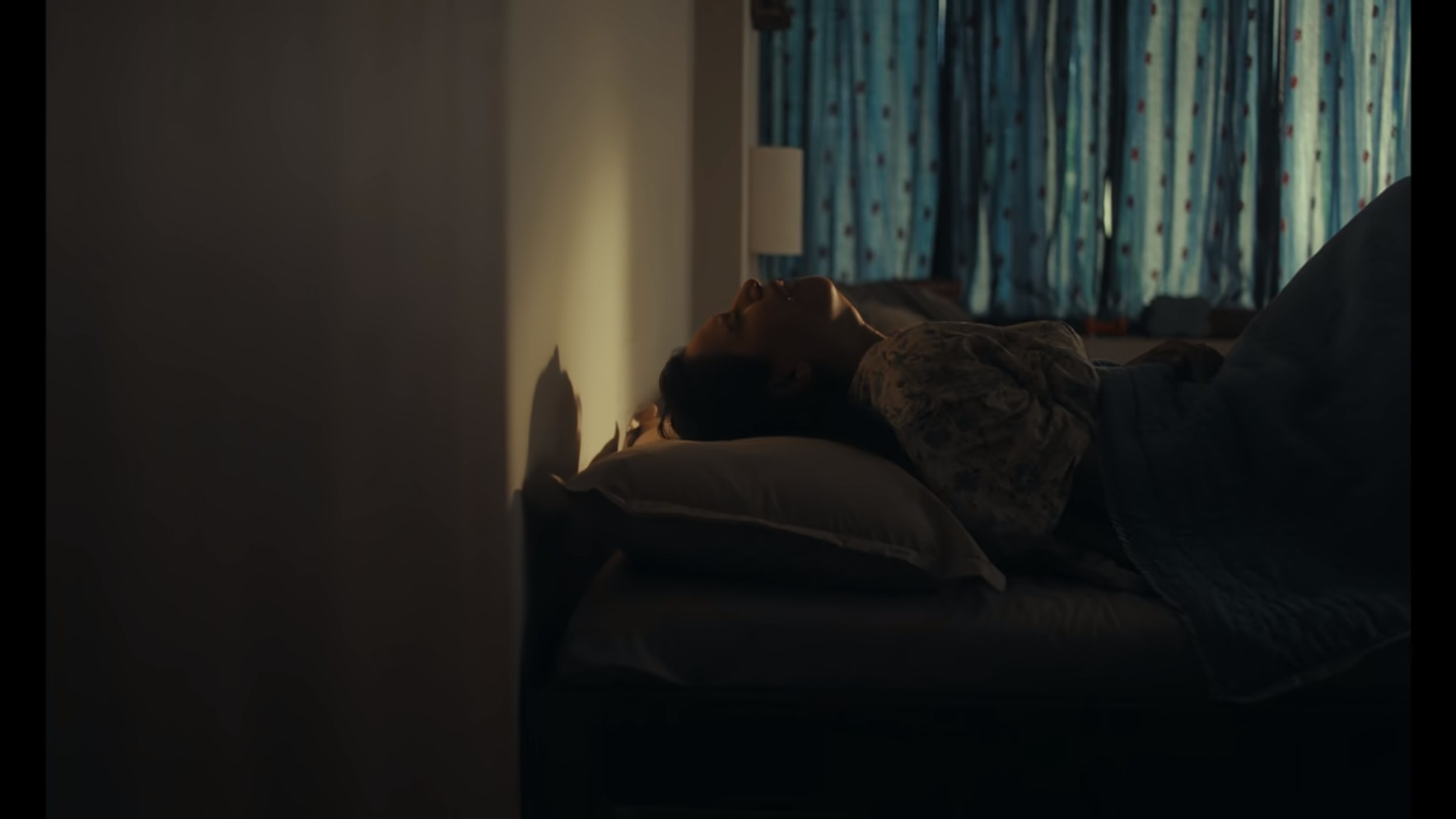
5. She makes it look playful.
The film has many layers to it, which makes it grey in terms of the plot. We can and cannot judge the right and wrong here given the voyeuristic nature of the story. What the director also gets right is the fact that lust is meant to be spirited. Despite moments of contemplation and judgement, the music, the look and the feel of most of the plot remains playful – another thing lust is.
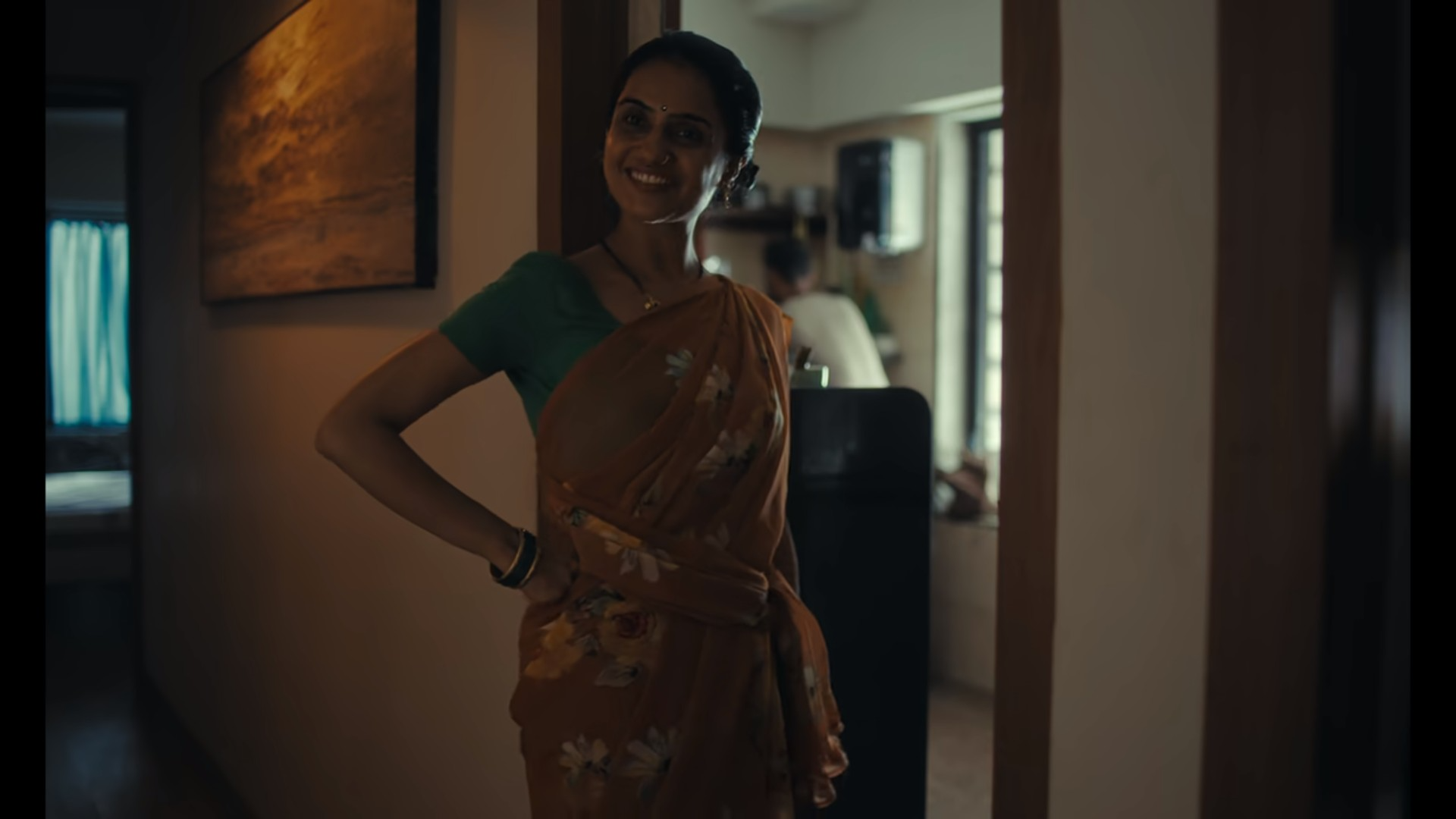
6. She explores female sexuality.
Sexuality has not always been associated with women – for them to want IT, is frowned upon. But this film subtly shows women who want and have the right over their own bodies. It is not preachy, and it still does the work. For instance, a visual shows Amruta Subhash’s character looking at herself in the camera, which makes her feel good. It’s a small moment, but an important one there.
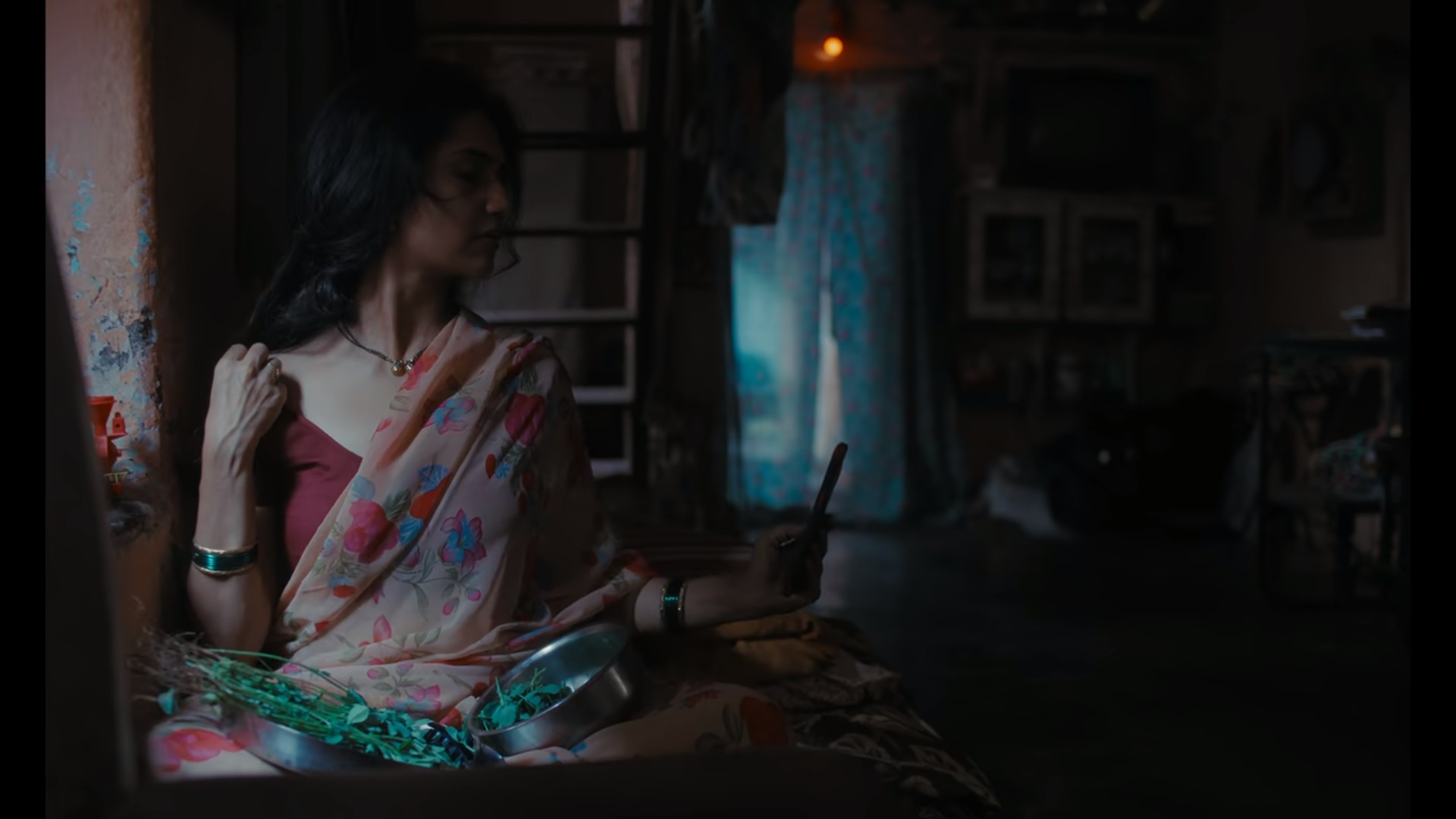
7. She understands the practicality of it.
The storyline of the film shows a house help who calls her husband to an employer’s apartment to find literal space for their sex-life. In doing so, Konkona Sensharma gives away the logistics associated with the act of getting physical – and how where people “do it” is very much part of it. The brilliance is the fact that she adds the divide of class and caste in our society, to this story.
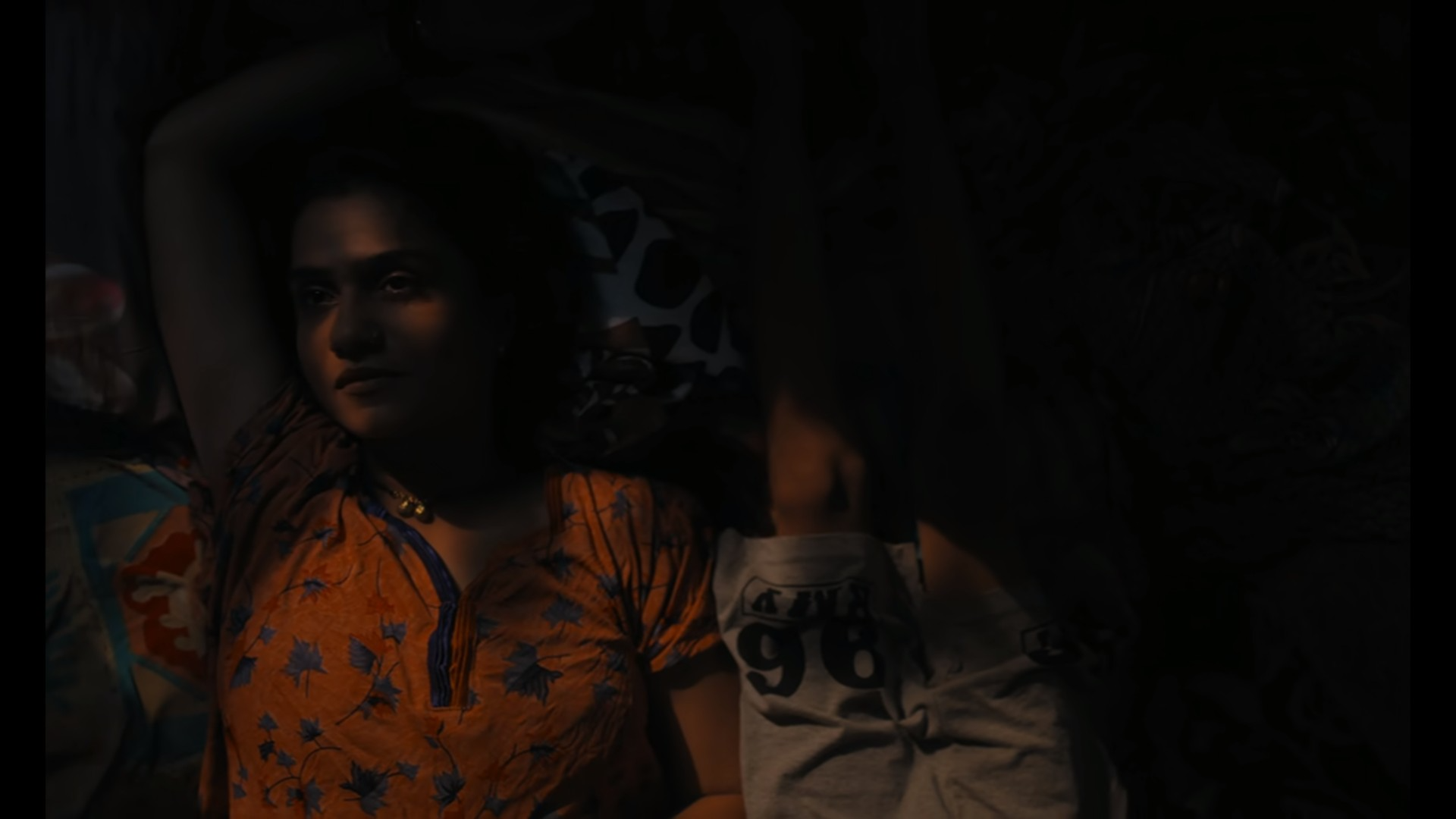
With this, we cannot decide if Konkona Sen Sharma is a better director or a better actor – she does everything too well.
All images are screenshots from the film on Netflix.

















